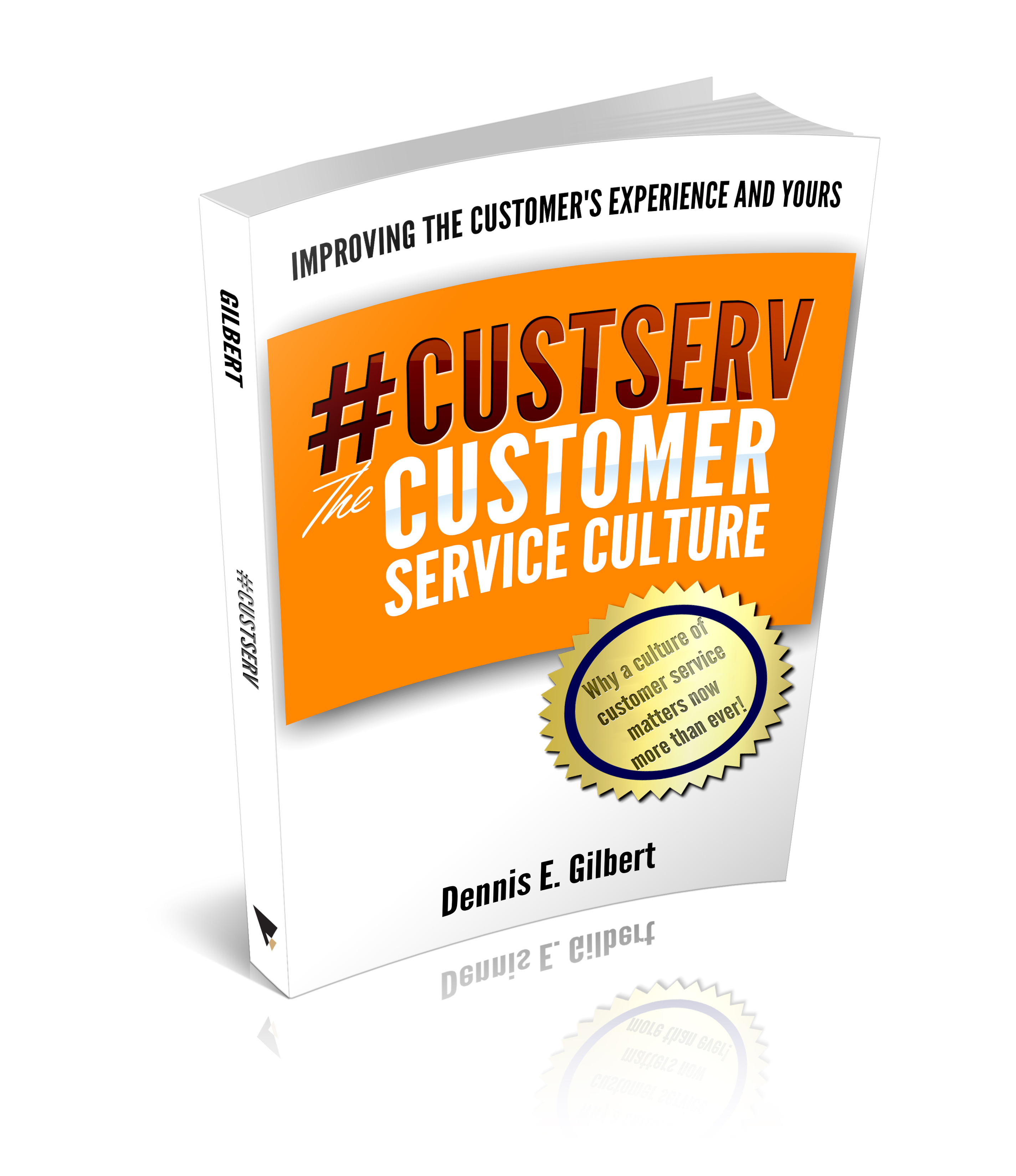
Culture Decisions Determine the Future of Fit
There is little room for doubt that your organizational culture determines what happens next. Culture decisions drive what will become the future.
Culture is part of the long-run game. Or it could be the impact of numerous short-run games that build a long-run game picture.
One thing is certain, workplace dynamics vary a great deal from the manufacturing business in the industrial park, to the non-profit association across town, or to the new healthcare facility on the west side.
While many people and organizations believe that their culture is the best or perhaps the most appropriate, social trends will have something to do with the cultures that are most successful.
Different Cultures
One business believes that being a little gruff, leading with an authoritarian approach, and strong disciplinary actions for anyone coloring outside the lines is the secret formula for culture. It is a throwback to, “My way or the highway.”
Another business believes in open floor plans, building a community of employees, and being considerate of employees needs while maintaining accountability and of course profitability of the operation.
It may seem hard to find where these lines cross. If they even do, or if they even should.
Leading in our modern times has challenges, that is nothing new. The diversity aspect of navigating leadership roles continues to challenge the best cultures.
Leadership makes culture decisions. Known or unknown, it is happening around you.
Culture Decisions
The decision you’ll make today about accountability, responsibility, and a respectful (or not) workplace will shape tomorrow. Revenues, profit, and customer relationships are inclusive.
There is an old saying, “People may not remember what you said but they’ll always remember how you made them feel.”
This is true about your culture. People are human, not a machine. Societal trends will determine many of the feelings surrounding your business culture.
In a low-unemployment economy people are going to work at the best places.
-DEG
Dennis E. Gilbert is a business consultant, speaker (CSPTM), and culture expert. He is a five-time author and the founder of Appreciative Strategies, LLC. His business focuses on positive human performance improvement solutions through Appreciative Strategies®. Reach him through his website at Dennis-Gilbert.com or by calling +1 646.546.5553.












